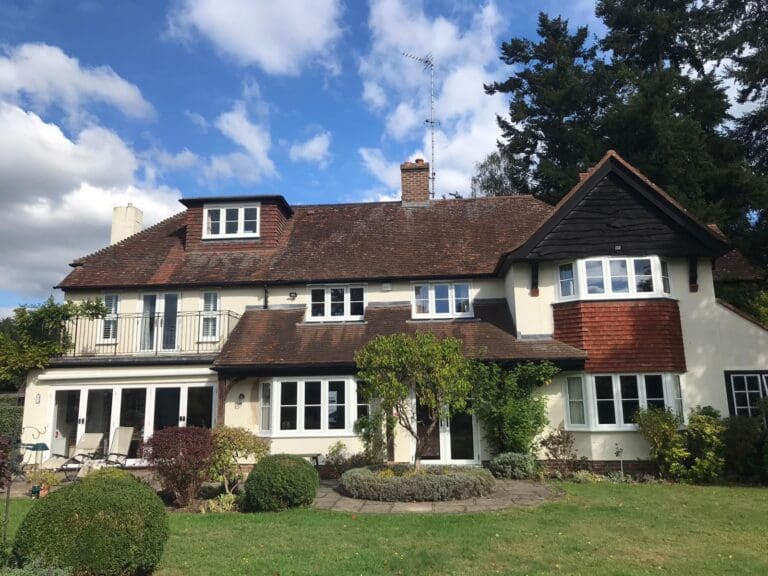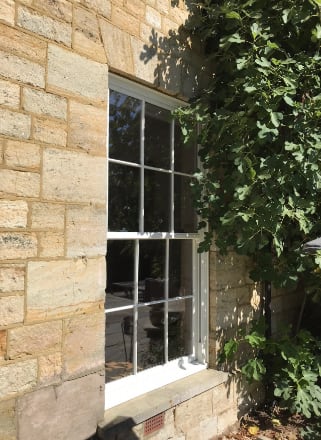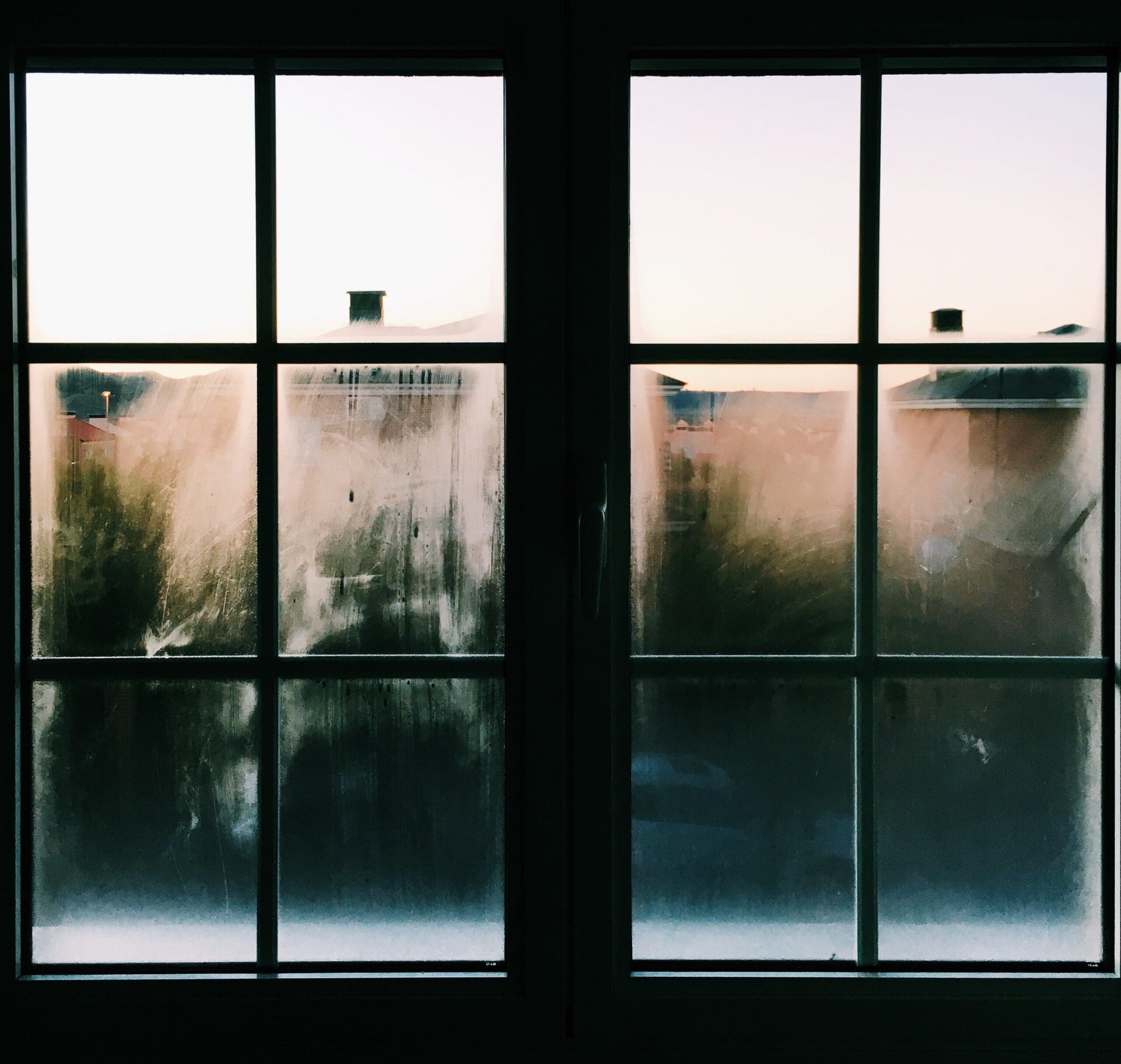You Want to Keep Your Original Timber Windows and Doors but They’re Not Energy Efficient – What Are Your Options?
There’s no denying it—original timber windows and doors have a certain charm. The detailing, the craftsmanship, the heritage feel. They make a property stand out and give it a story. But while they look beautiful, the truth is they’re rarely energy efficient.
Many homeowners find themselves caught in the middle: they love their original timber features but struggle with draughts, condensation, and soaring heating bills. If this sounds familiar, you may be wondering—what are your options?
Here, we’ll take a closer look at the different ways you can improve efficiency, the pros and cons of each, and why modern uPVC timber replacement windows often turn out to be the most effective, long-term solution.

1. Professional Refurbishment and Draught-Proofing
A joiner or specialist can refurbish timber windows and doors, repairing damage, filling gaps, and adding draught excluders.
✅ The upside: Refurbishment preserves your original features while tackling the worst of the draughts. For heritage homes, this may feel like the least intrusive option.
❌ The downside: Refurbishment is often a short-term fix. Seals wear down, gaps reappear, and while it may cut some heat loss, it won’t bring your windows anywhere close to modern energy efficiency standards.
2. Secondary Glazing
Secondary glazing involves fitting a slim panel of glass on the inside of your existing timber frame.
✅ The upside: It can reduce noise, cut condensation, and improve insulation without changing the outside look of your windows.
❌ The downside: Secondary glazing isn’t invisible. It can look bulky, make cleaning tricky, and doesn’t deliver the same level of performance as double glazing. In fact, many homeowners who try it as a halfway measure eventually move on to a full replacement.
3. Slimline Double Glazing for Timber Windows
For some properties, slimline double glazing can be fitted into the existing timber frames.
✅ The upside: It provides better insulation than single glass while maintaining the traditional appearance.
❌ The downside: Not every frame is suitable—older timber can be too narrow or too fragile. Even if it works, slimline double glazing is costly and doesn’t last as long as modern uPVC timber replacement windows.
4. Restoring and Repainting for Longevity
Many homeowners repaint or refinish their timber windows to protect against rot and water ingress.
✅ The upside: A fresh coat of paint does improve the look of your property and helps extend the timber’s lifespan.
❌ The downside: It’s purely cosmetic. No matter how well you paint or treat timber, you won’t improve its thermal performance. Draughts, cold spots, and condensation will remain.
5. Upgrading Timber Doors
Weather seals and glazed panels can be added to original timber doors to reduce draughts.
✅ The upside: It’s a quick and relatively inexpensive way to improve comfort.
❌ The downside: A timber door will never insulate or secure as well as a modern composite or uPVC door. You’ll still be losing energy and compromising on security.
6. When to Consider Replacement
While the above options can offer short-term improvements, nothing compares to the efficiency, durability, and peace of mind you get from a full replacement.
Why Replacement is the Best Option
- Energy efficiency: Modern double or triple glazing drastically cuts heat loss, lowers bills, and makes your home warmer in winter and cooler in summer.
- Low maintenance: Unlike timber, uPVC timber replacement windows and composite doors don’t rot, warp, or need constant painting.
- Durability: They’re designed to last decades with minimal upkeep.
- Security: Multi-point locking systems and reinforced frames give far better protection than ageing timber.
- Style without compromise: With today’s technology, timber window alternatives are almost indistinguishable from the real thing. You can keep the classic look while gaining modern comfort.
At Milford Window Company, we’ve helped many customers replace their original timber with energy-efficient alternatives that respect the character of their property. Whether it’s heritage-style uPVC windows or a traditional-look composite door, you don’t have to choose between style and performance.
It’s understandable to want to hold onto your original timber windows and doors. But when you weigh up the options, it’s clear that most solutions are temporary fixes. For real comfort, efficiency, and long-term value, replacement with uPVC timber replacement windows or other timber window alternatives is the smart investment.
You’ll enjoy lower energy bills, a warmer and healthier home, and the reassurance that your windows and doors will keep performing for years to come.
At Milford Window Company, we’ll work with you to find the perfect solution that balances heritage style with modern living.

